Probably more than anything else, we discuss the concept of classic style here at the Gentleman’s Gazette. But, what exactly do we mean by this term? Is classic style wearing tailoring every hour of every day? Is it spending thousands of dollars on spats and top hats? Or is it dressing up as Charlie Chaplin or Beau Brummell on the weekends? We’ve got answers here!
- Classic Style is Rooted in the Golden Age of Menswear
- Classic Style is Not Inherently Bound to the Values of the Golden Age of Menswear
- Classic Style is Timeless
- Classic Style is Not a Costume
- Classic Style is Malleable
- Classic Style is Not Unchanging
- Classic Style is Versatile
- Classic Style is Not Restrictive
- Classic Style is Nuanced
- Classic Style is Not Distracting
- Classic Style is Comfortable
- Classic Style is Accessible
- Classic Style is Not Inherently Expensive
- Classic Style is For You
- Outfit Rundown
Maybe you’ve already developed a sartorial sixth sense, where you can instantly identify what is classic style and what isn’t, but you aren’t sure how exactly to express that distinction, even if you know it when you see it. Whatever the case may be, having a clear understanding of exactly what classic style is, is a necessary prerequisite if you intend to emulate and cultivate it.
Classic Style is Rooted in the Golden Age of Menswear
First and at its most basic level, classic style is a mode of dress heavily inspired by the clothing and styling cues that were popular from the early 1920s to the mid-1960s. This period of time is often referred to, by those in the know, as the Golden Age of Menswear.
From this, we can craft the following basic definition: Classic style is a mode of dress, where the fundamental principles, styles, and garments are based on those of the Golden Age of Menswear. And by “based on,” we don’t simply mean that these are copied whole cloth, but rather, adapted for contemporary wear today.
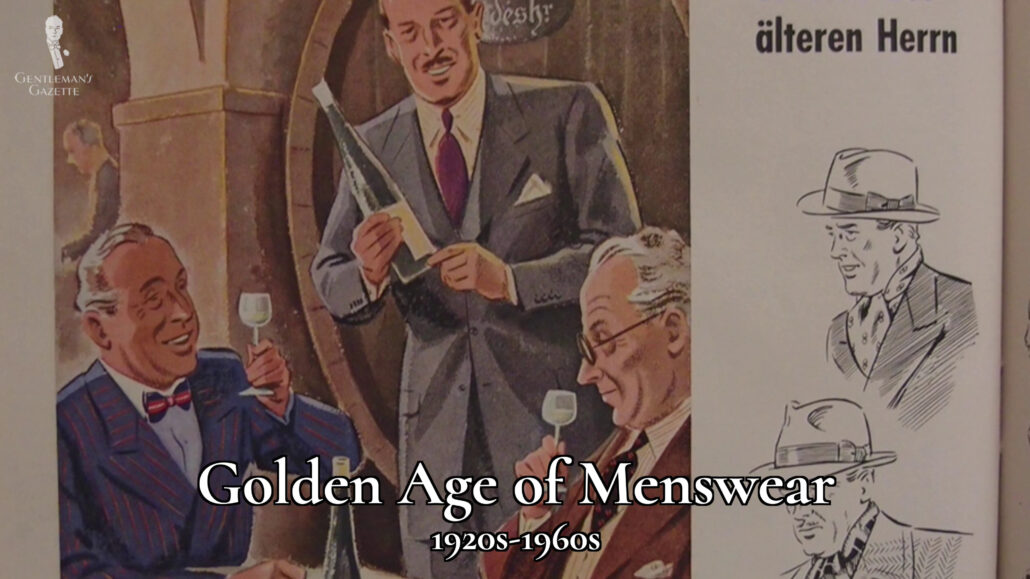
But, what does this definition actually mean? Well, first, let’s define the word “classic” in and of itself. According to Merriam-Webster’s Dictionary, something is “classic” if it serves as “a standard of excellence or of recognized value.”
So, then, why is the style from the Golden Age of Menswear a standard of excellence with recognized value? That is the question we’ll really be answering today, but before proceeding any further, we should establish one caveat here.
Classic Style is Not Inherently Bound to the Values of the Golden Age of Menswear
While some men today view classic style as a lifestyle, it really only refers to a way of dressing, as opposed to a way of thinking. At most, then, it’s really only one component of a larger lifestyle.
When it comes to our way of viewing the world, then, we prefer to center what we think it means to be a modern gentleman today. This approach is best summarized by our friend, Dandy Wellington, and the mantra, “Vintage style, not vintage values.”
What It Means To Be A Gentleman Today
Fundamentally, then, it was the style of the Golden Age of Menswear that proved timeless.
Classic Style is Timeless
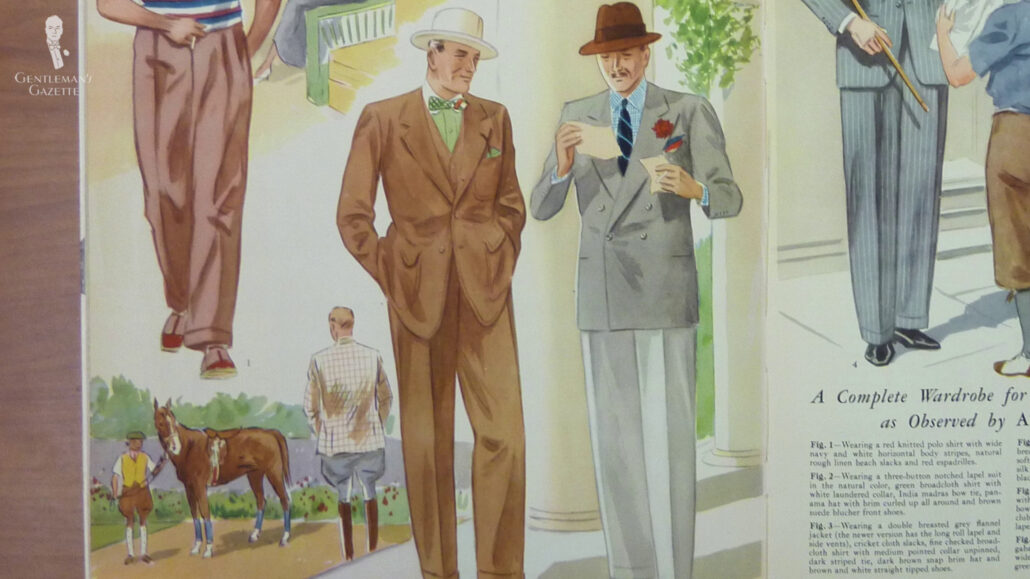
Classic style has become classic because it has literally stood the test of time. That is, it can be worn just as easily today as when it was first popular. This is largely because classic style resists the urge to engage in instant gratification with gimmicky trends and fads and, instead, focuses on simple, understated, elegant garments that accentuate the male form in an aesthetically pleasing way.
This reality is reflected in the fact that classic outfits from 1930s fashion plates can be worn fairly easily today, while the trendy looks from the more recent 1970s or even the 1990s appeared dated and distracting to the modern eye. This is because classic style is predicated on time-tested principles of aesthetics, while the trendier looks were just that: trends that came and went.
Classic Style is Not a Costume
Our next important point for today is that classic style is not a costume. While predicated on outfits from the past, garments and accessories in the classic style shouldn’t be treated as historical artifacts. In fact, if you’re deliberately dressing in a way that highlights the more antiquated aspects of some of the garments and accessories of classic style, you will end up with a look that is more like a costume.
Consider this maximalist outfit with lots of vintage accessories. Even though every individual component does come from the Golden Age of Menswear, they’ve been put together in such a way that the vintage nature is highlighted, and the overall look isn’t really classic. Well, maybe classically Edwardian.
On that note, learning how to properly employ classic menswear articles in a way that isn’t dated is an important skill that Raphael will walk you through in our Classic, Not Costumey post.
Classic, Not Costumey: How To Wear Vintage Goods with Style
The revival of explicitly historical dress, then, belongs more firmly in the realm of cosplay, reenacting, or historical interpretation; and again, classic style is a way of dressing that incorporates historical menswear pieces into a modern setting. In other words, your ensemble should be just as viable in 2023 as it would be in 1923.
Classic Style is Malleable
Of course, classic style does have many standards, guidelines, and rules that are intended to help men look their best in a variety of situations. But, it’s important to remember that these conventions developed organically over several decades and with input from several different cultures. In other words, Beau Brummell, Cary Grant, and Gianni Agnelli didn’t sit down and write them all into a book one day.
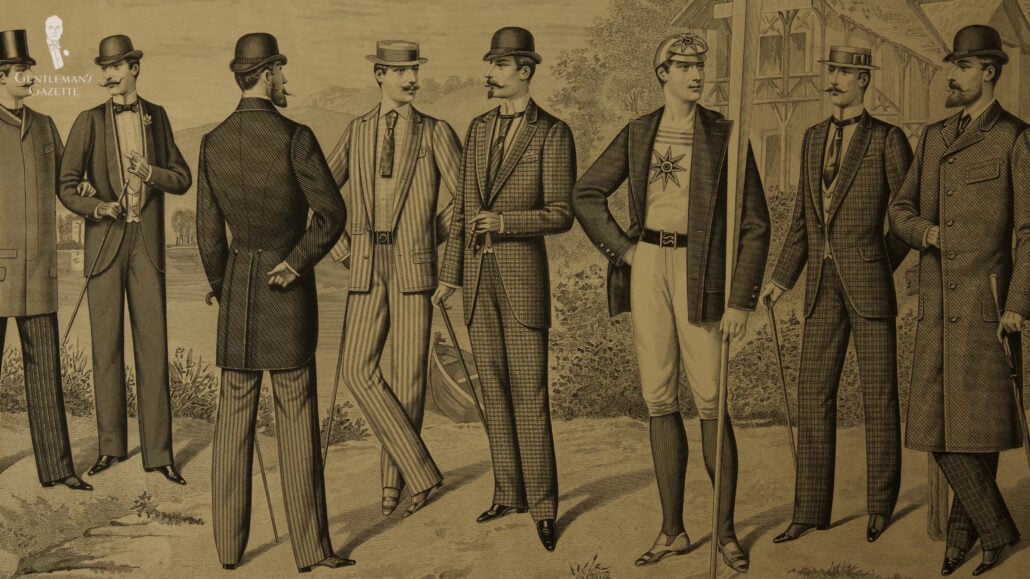
So, while certain Norms have become solidified, they were never meant to become completely unbreakable rules. Granted, it is true that classic style is slow to adopt changes, but this is a fail-safe intended to prevent the adoption of trends or fads. For instance, in the late 1940s, suits ballooned in size with boxy jackets, baggy trousers, and huge lapels. But, because these excessively roomy cuts were tied to a moment in history, they didn’t become a permanent part of classic style moving forward.
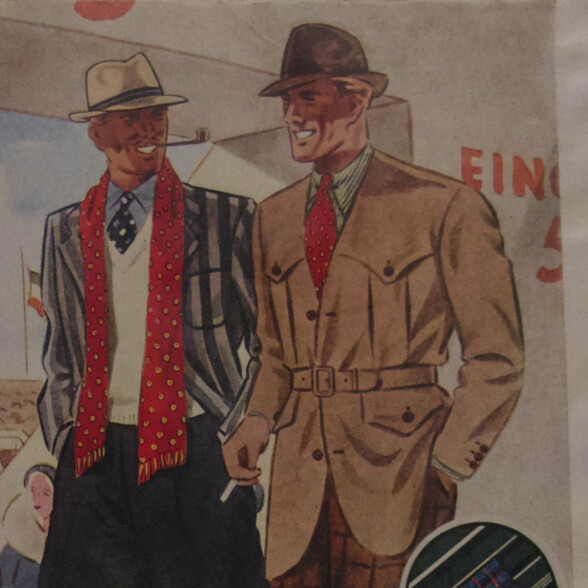
Classic style is a combination of personal expression and subtle experimentation that brought important changes in classic style over the years.
With that said, personal expression and subtle experimentation have always been a part of classic style, and those forces have brought about important changes in classic style over the years because – to get on to our next point – classic style is not unchanging.
Classic Style is Not Unchanging
While classic style rules are time-tested and slow to change, that doesn’t mean that they’re set in stone.
As an example here, remember at the dawn of the Golden Age of Menswear, in the 1920s, White Tie was the undisputed king of the dress codes for formal occasions. Meanwhile, Black Tie was something of an upstart reserved for more private or casual functions. But, men would slowly stop wearing White Tie, by and large, as the 20th century progressed, and Black Time would come to the forefront because it better suited the needs of men of that time while still not compromising on classic style principles.
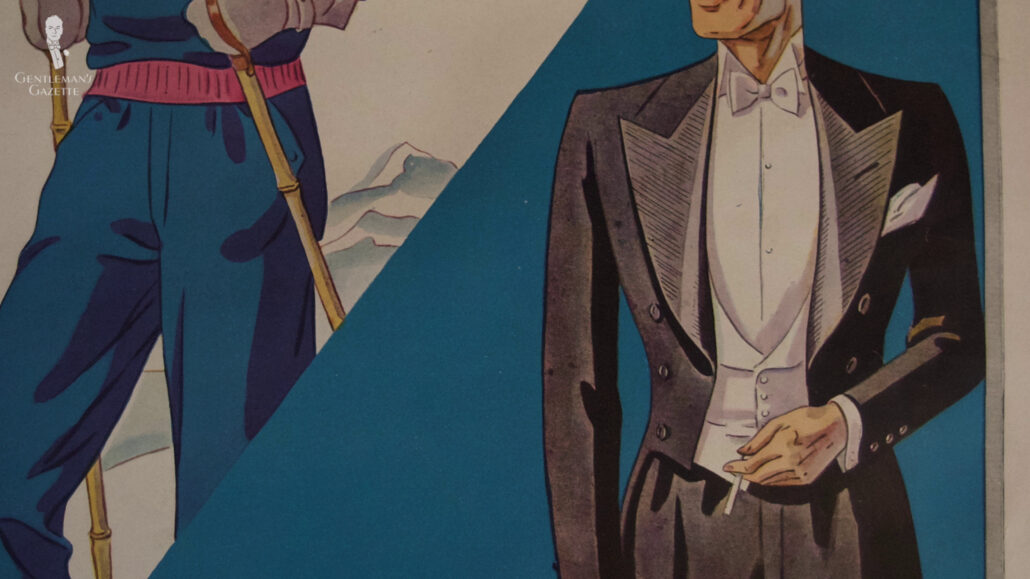
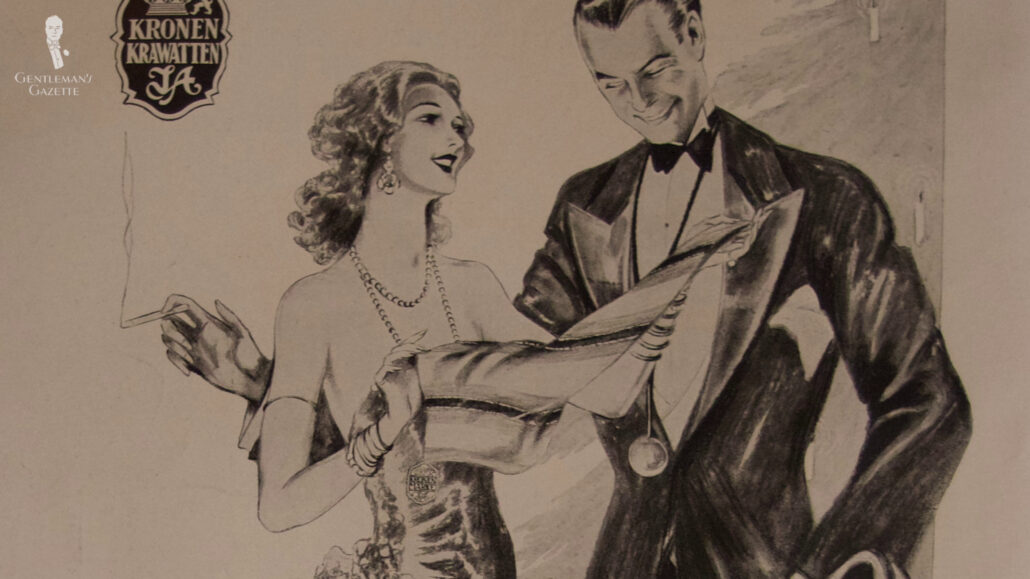
Ultimately then, the rules of classic style are meant to be guidelines to help you perfect your own personal style. So, you should never feel completely constricted by them, and you should also never use them to bully or control others.
After all, if the rules of classic style were completely unchanging, we would still be spending all of our time at formal gatherings in tails and spending more time dealing with those tricky collar studs.
Classic Style is Versatile
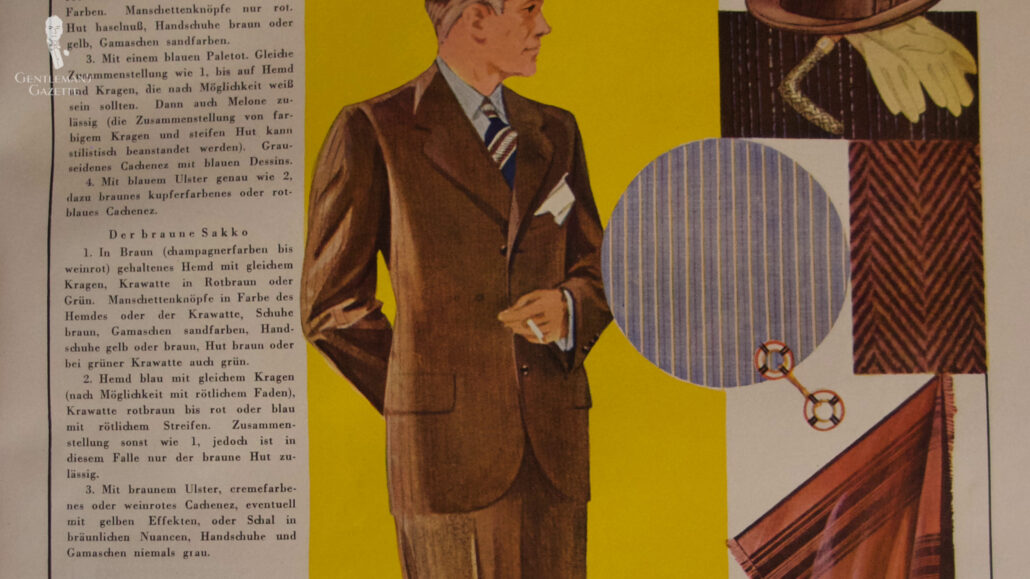
Classic style developed during a time when clothing was considerably more expensive, before the price deflation brought on by fast fashion. So, men genuinely had to invest in their clothes. Durable, adaptable garments were an essential part of classic style as men learned ways to mix and match the elements in their wardrobes to make them go further. In other words, the name of the game was buying articles of clothing that had ample versatility.
As a counter-example here, while highly-individualized psychedelic prints and flounces were all the rage during the Peacock Revolution of the 1960s, these garments weren’t incorporated into classic style. This is because these excessively bold looks simply weren’t versatile enough to be used as a foundation for a classic wardrobe.
Similarly, the monochromatic look popular in the 2010s and 2020s relies on having easy access to a wide variety of garments in many colors, often cheaply made. However, most of these garments – especially if the colors are bold and bright – can really only work in one outfit.
So, along with this emphasis on versatility, classic style also appreciates quality. After all, if the garments you are buying should be worn in a variety of outfits and can be worn over and over again, they have to stand up to that repeated wear and, thus, must be made of high-quality materials. So, then, because of its emphasis on variety, classic style actually rewards creativity and personal expression, rather than relying on the latest trendy and cookie-cutter looks.
Classic Style is Not Restrictive
At its heart, classic style is about crafting outfits that fit both your personality and the occasion in which you find yourself. Meanwhile, classic style certainly doesn’t require wearing a three-piece suit every day of your life. In fact, you could completely follow the conventions of classic style and never wear a suit at all.
So, if you’re dressing in classic style, you’ll know that a suit is required for a formal business meeting, but you’ll also know how to tailor that suit to your own personality. Phrased another way, you can think of the restrictions of classic style more like guidelines born out of the experience of men throughout the ages, who are helping you to avoid pitfalls that might otherwise be common.
10 Ways to Find Your Personal Style
Take, for example, that most-1970s of formal outfits, the powder blue tuxedo. And on the few occasions when classic style does have very strict rules, like Black Tie and White Tie, these are intended to help every man feel equal at the occasion and to be able to enjoy themselves while having a formal air.
Classic Style is Nuanced
Next up today: classic style is nuanced. Another reason that classic style is timeless and versatile is that it allows you to highlight your good features by playing up the best aspects of the male form.
“I believe men’s clothes should attract attention to the best lines of a man’s figure and distract from the worst. In all cases, the most reliable style is in the middle of the road – a thoughtful, sensible position in any human behavior.”
cary grant
This usually requires striking a balance between what is outdated and what is trendy to find that sweet spot right in the middle.
As an example, let’s consider the three ensembles below. The outfit on the left is intentionally retro, appearing dated and old-fashioned. Therefore, it’s not as much “classic” as it is “period.” Meanwhile, the suit on the right is definitely not classic because it’s so fashion-forward. The suit in the middle though finds that perfect middle ground because it combines the best aspects of historical dress with the style sensibilities of the modern day.
This subtle balancing act becomes a defining feature then and leads us to our next point, which is that classic style is not distracting.
Classic Style is Not Distracting
It’s about refined and subdued styling that helps keep eyes on you and not just on your clothes. Brand names, showy details, and excessive features may draw attention, but people aren’t really going to be looking at you.
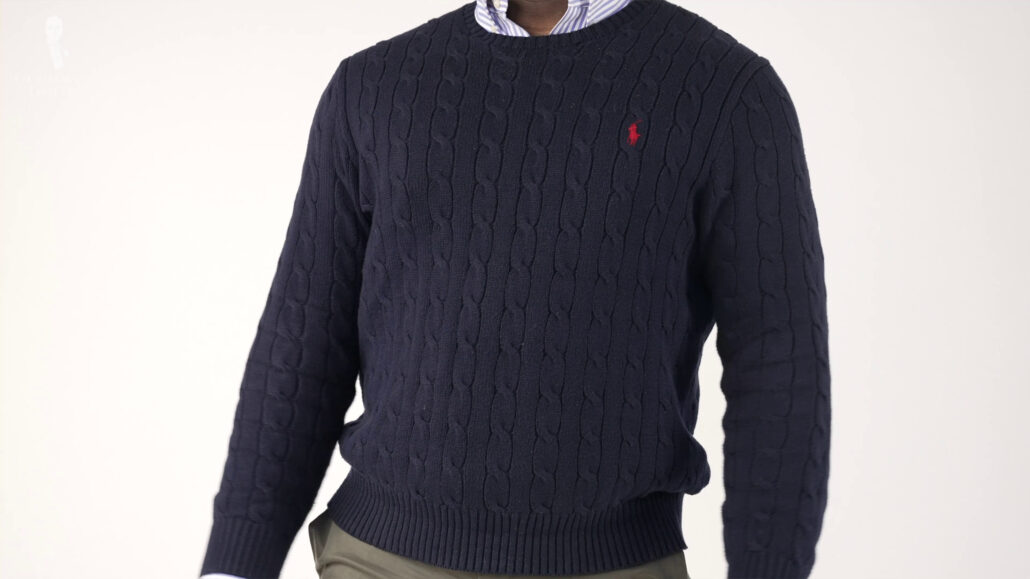
As an example here, consider this understated ensemble that Kyle is wearing – which really doesn’t consist of anything more than a shirt, sweater, trousers, and shoes – but all of the elements are working together to highlight Kyle and his personal sense of style.
Conversely, an over-the-top ensemble having multiple layers of shiny fabric, bold stripes, and garish colors is essentially hiding the wearer in plain sight. The effect of this outfit then would be the same no matter who was wearing it. Meanwhile, Kyle specifically assembled his look to work best for him. That’s why Kyle’s look is classic even though it’s casual, and the other look isn’t classic even though it’s a suit… technically.
We should say here that we have nothing against over-the-top looks if that’s your own style, and, of course, we like to break out the deliberately period looks from time to time, too. But, classic style is fundamentally about the subtle elements that you put together to craft your look.
Classic Style is Comfortable
One big reason that classic style has stuck around for as long as it has is its ability to fit a variety of body types. It worked equally well for live men like Fred Astaire, stocky men like Jean Gabin, tall men like Sterling Hayden, short men like Peter Laurie, skinny men like Sammy Davis Jr., and larger men like Sydney Greenstreet.
Contrast this, then, with something like the trendy, ultra-slim look, popularized in contemporary styling. Classic style doesn’t compress you into a particular shape or body type or only work for one body type. Rather, classic style is intended to be altered to flatter and accommodate literally any size.
How to Dress for Your Body Type
Put simply then, properly-fitted classic garments should make you look and feel your best. This can be a shock to many men who assume that classic clothes, generally thought to be more formal and confining, are inherently uncomfortable. But, in fact, classic style is not uncomfortable.
This assumption usually stems from many men’s experiences with poorly-made and poorly-fitted garments that are stuffy and confining. In fact, it’s even myth number seven on our list of the Top 10 Biggest Myths in Classic Menswear, but a well-made, classically-styled garment made from breathable, natural materials tailored to fit your body properly should feel just as comfortable as anything else you might want to wear while making you look considerably more stylish.
It is true that the high-starched collar worn with White Tie might take some getting used to for the average man, but this is the exception, not the norm. By and large then, classic ensembles should be perfectly comfortable for most men in most situations.
Learn the 10 Commandments of Classic Style
Classic Style is Accessible
To revisit a point that we made earlier, the rules of classic style sometimes make men think that it can be difficult to start dressing in this manner. But, in reality, classic style actually has a minimal barrier to entry. All you really need to get started is…to get started!
Remember that the guidelines are in place not so much to prohibit things as to help you along and teach you as you go. And, of course, if ever you’ve got a question or find yourself confused, the article library of the Gentleman’s Gazette is at your disposal.
Classic Style is Not Inherently Expensive
Next is the penultimate item on our list for today: classic style is not inherently expensive, but it is still quality. Because of the popular perception that many wealthy men dress in the classic style, it’s sometimes thought that you must have to be rich in order to dress classically. But, stated plainly, nothing could be further from the truth.
Price tags definitely don’t make a garment classic. For example, you find a floral field jacket that costs over five thousand dollars, but it’s definitely not classic. Meanwhile, a refined tweed jacket certainly is classic, and it only cost 35 bucks.
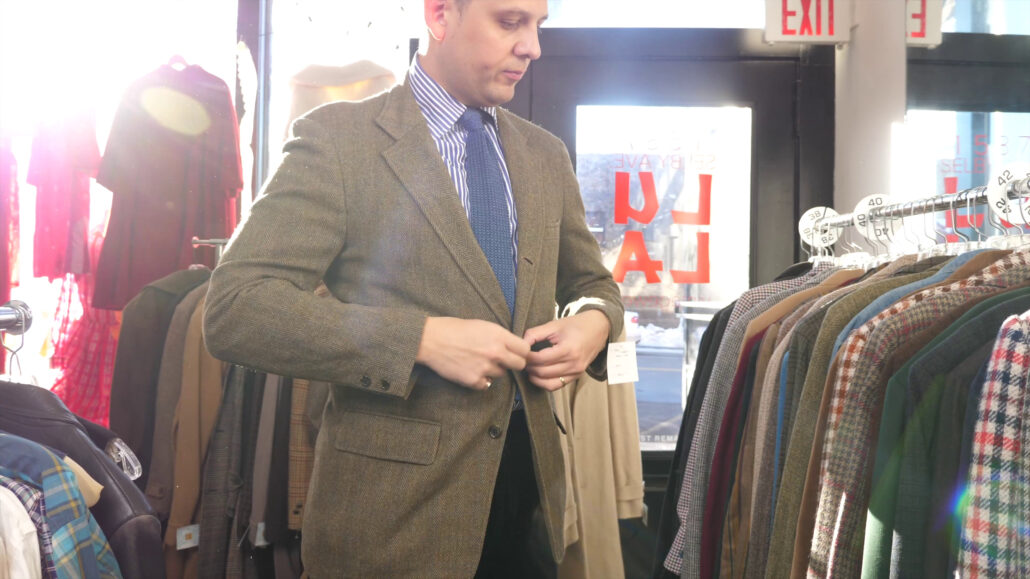
In other words, classic style isn’t about throwing money around. It’s about spending your money wisely to acquire items that are of high quality and will present a high value.
Accordingly, we here at the Gentleman’s Gazette are big fans of thrifting because it opens up a world of superior-quality garments for a fraction of the price. Of course, especially when buying retail, quality does have its cost. But, this is why we’re devoted to helping you determine genuine value with content like our Is It Worth It? series and why offering superlative products at fair prices is the central pillar of our own Fort Belvedere shop.
At the end of the day, then, classic style is all about looking like a million bucks without spending a million bucks.
Classic Style is For You
To close our list today, our final item is this: classic style is for you. No matter who you are, where you live, what you look like, how much money you make, or what kind of life you lead, classic style can and should work for you. After all, it worked for all kinds of men, all across the globe for decades.
Again, classic style is all about taking the sum total of sartorial experience from the Golden Age of Menswear and distilling it into a form that still looks dapper today. This means that even if you don’t strictly want to partake in the conventions of classic style, knowing the basics will still help you to perfect your own personal style. And if learning exactly what classic style is and isn’t has piqued your interest, then you’re in exactly the right place to keep learning even more.
So, how did our definition of classic style compare to yours? Let us know in the comments below!
Outfit Rundown
Today, I’m wearing an outfit that I believe meets most of the tenets of classic style in the middle-of-the-road approach that Cary Grant so famously discussed.
I’m wearing a simple, two-piece, navy blue suit with a slight bit of character from its peaked lapels. And while the suit has been tailored to fit my body, none of its style elements are too baggy or too slim.
I’m also wearing a plain, light blue shirt – a staple of classic menswear – and the shirt has French cuffs, into which I’ve got inserted our gold-plated, sterling silver, eagle claw cufflinks featuring blue lapis lazuli as the stone to harmonize with the other blue tones of the outfit.
My shoes are dark brown Adelaide Oxfords from the Swedish brand, Skolyx, and they feature a subtle bit of broguing. While the brogue holes provide just a bit of character, the dark brown color of the shoes isn’t over overwhelming and harmonizes nicely with the navy blue in my outfit.
My vintage silk bow tie is also navy blue, and it features a repeating geometric micro pattern in multiple colors. And the remainder of my accessories are also from Fort Belvedere today. These would include my two-tone, shadow-striped socks in navy blue and royal blue; my pocket square in a hunting motif, featuring tones of magenta, orange, green, and buff; and my boutonniere, which is a dark magenta lotus flower. And, of course, you can find all of the Fort Belvedere accessories I’m wearing today, as well as a wide variety of others that go perfectly with classic style, by visiting the Fort Belvedere shop.
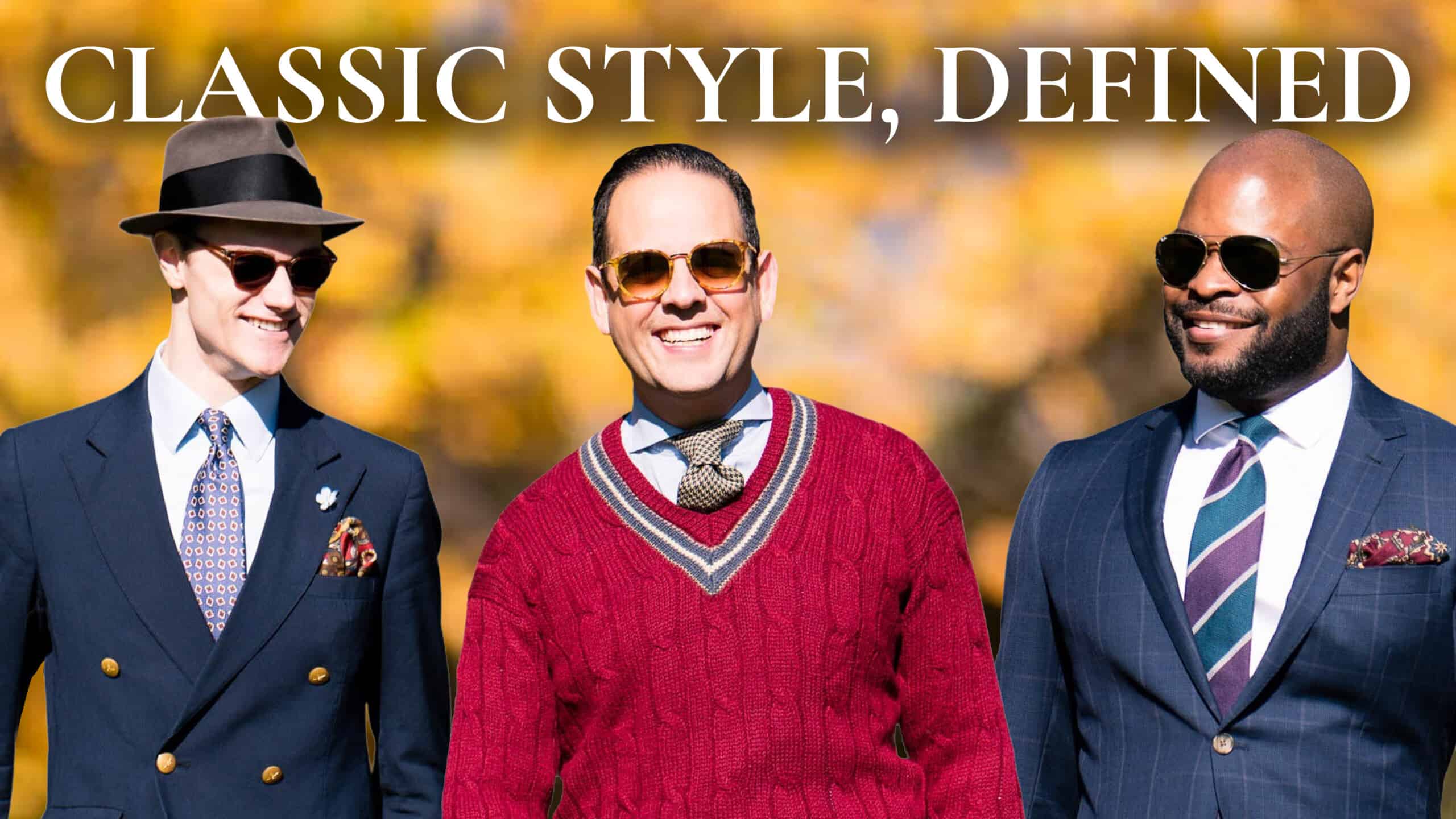

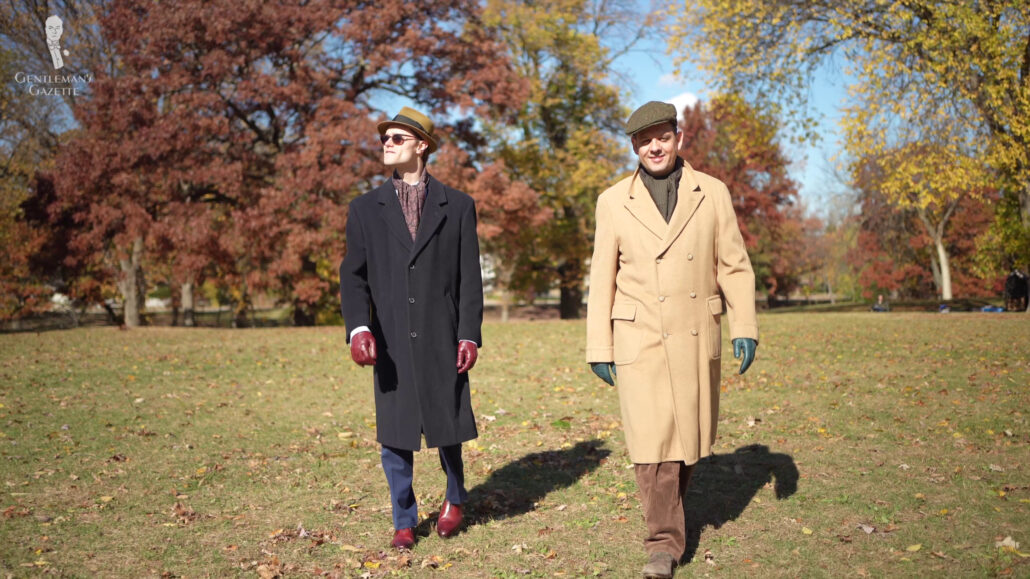
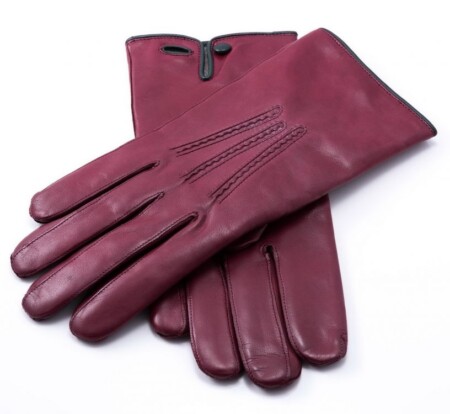

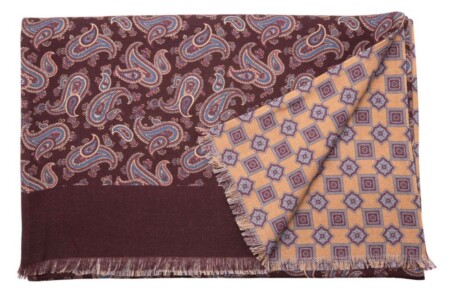
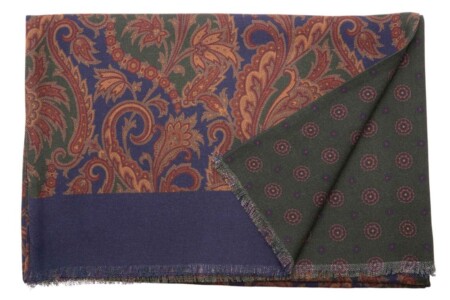
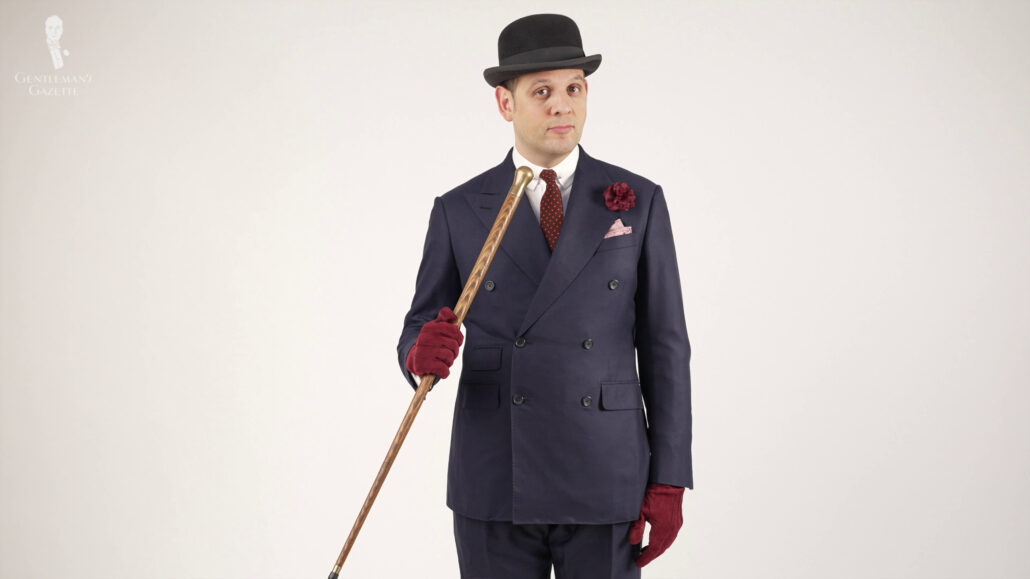
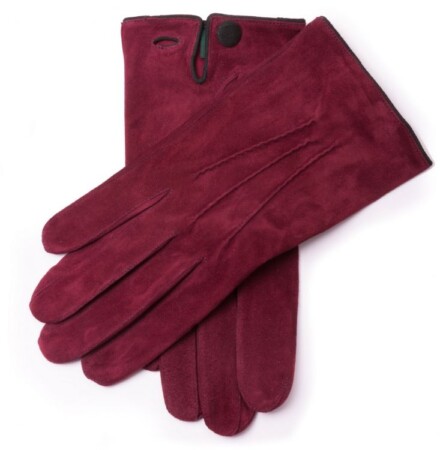
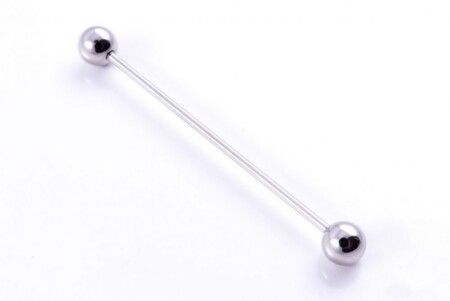
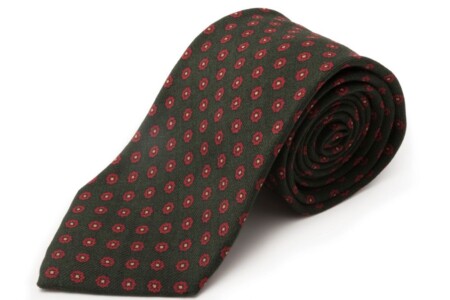
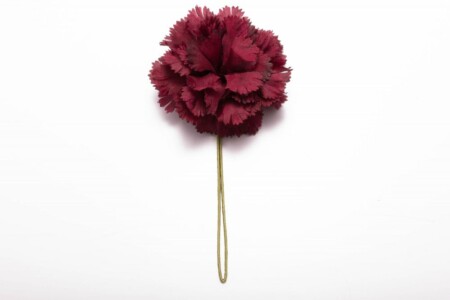
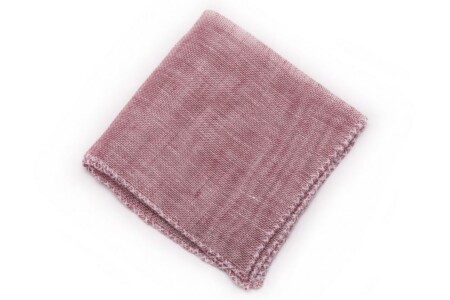
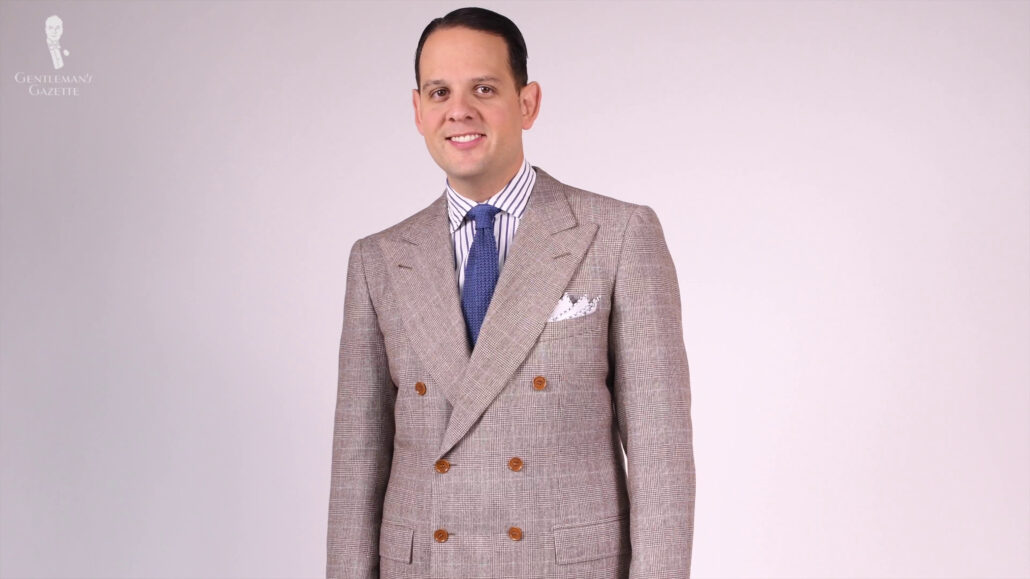
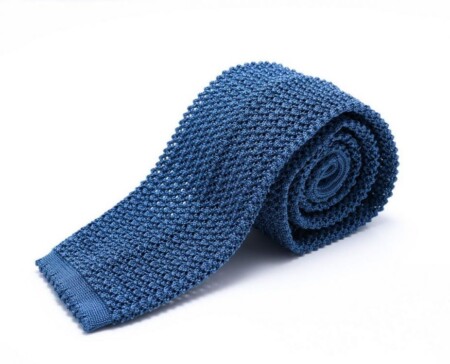
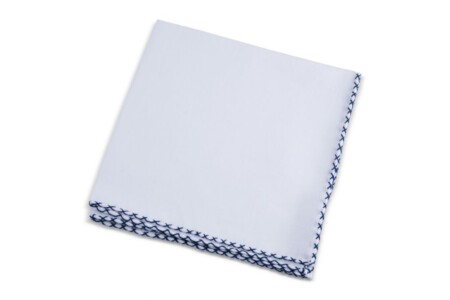
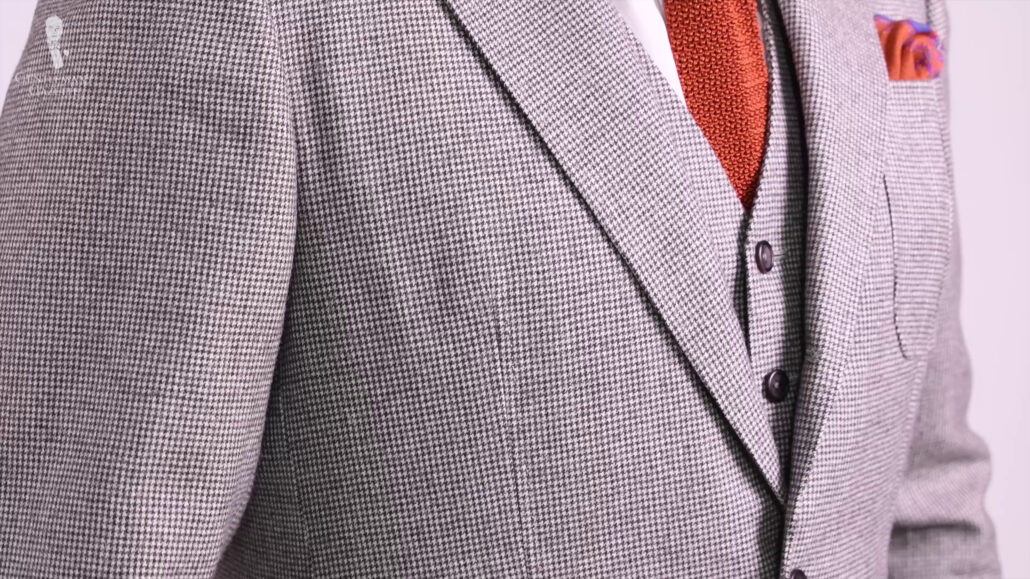
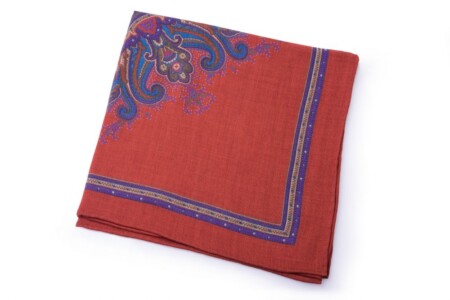
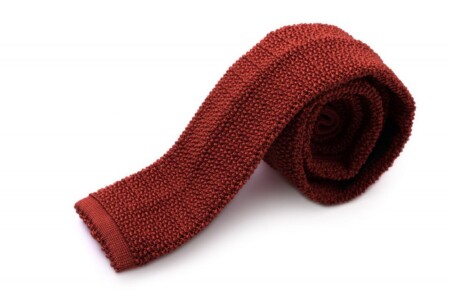
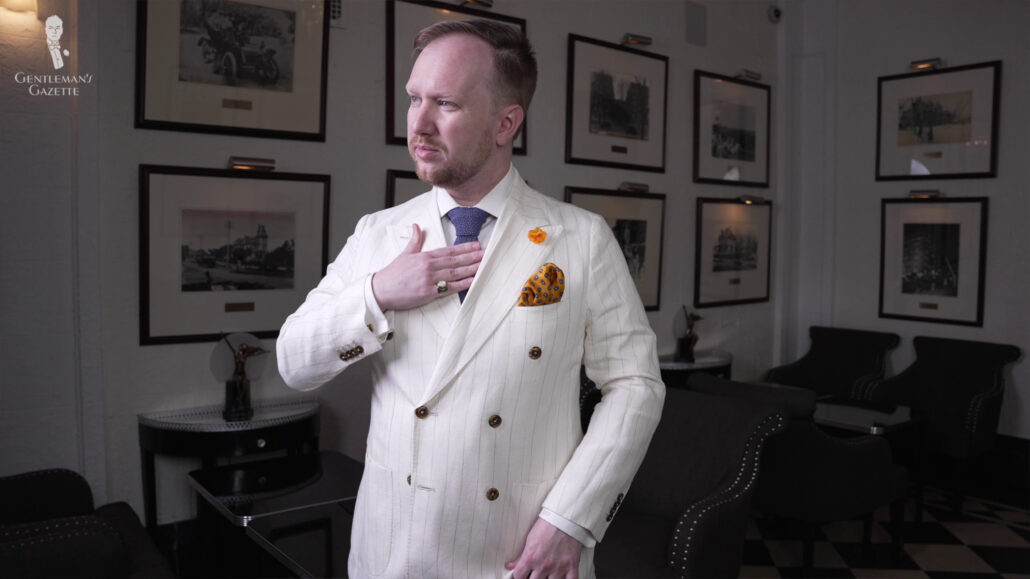
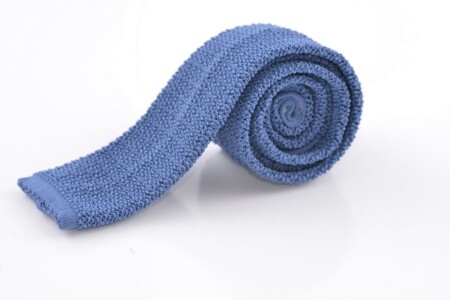
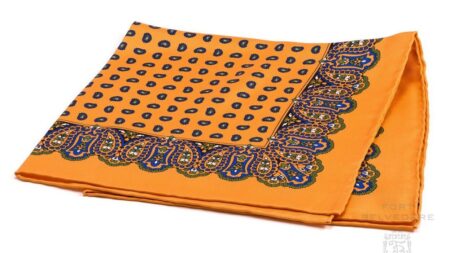
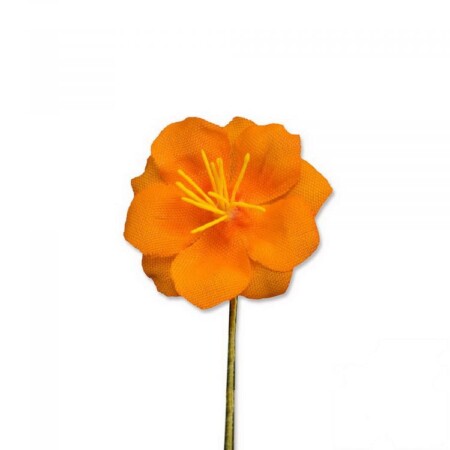
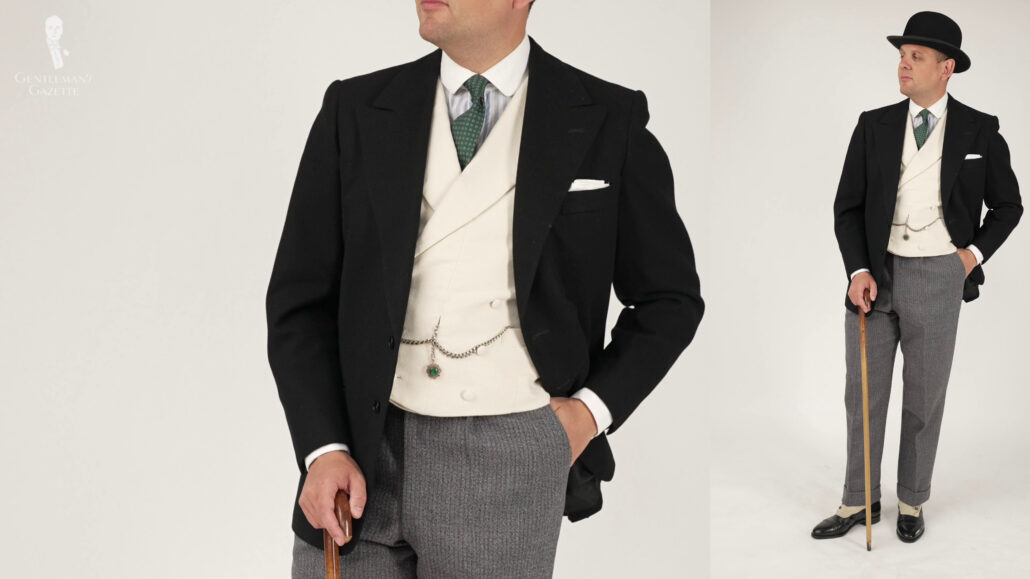
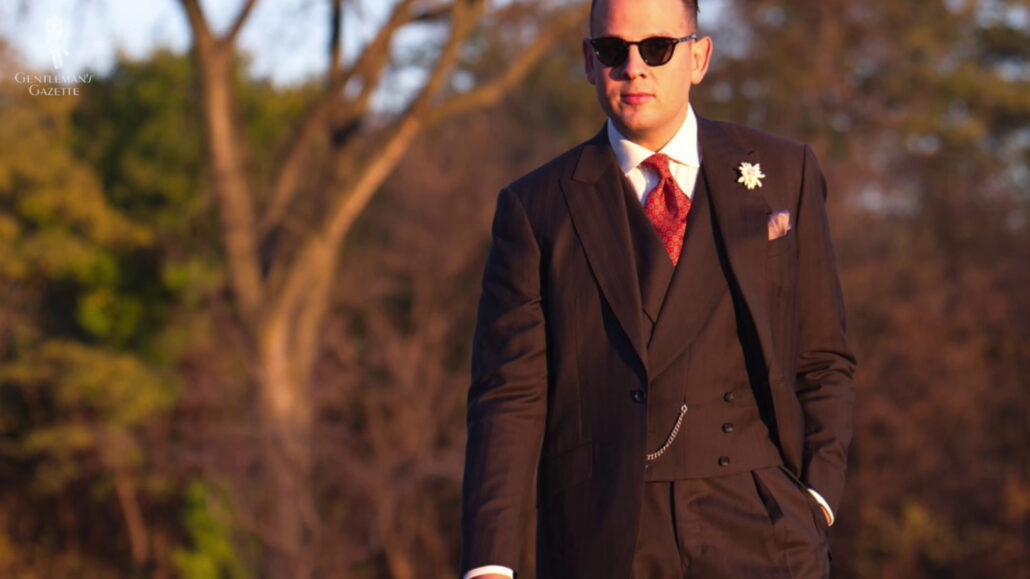
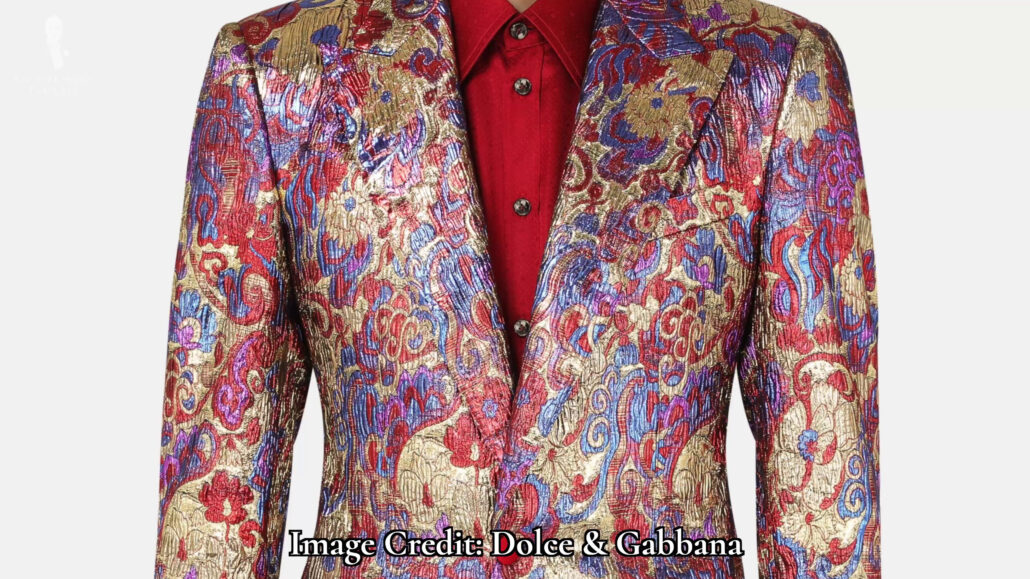
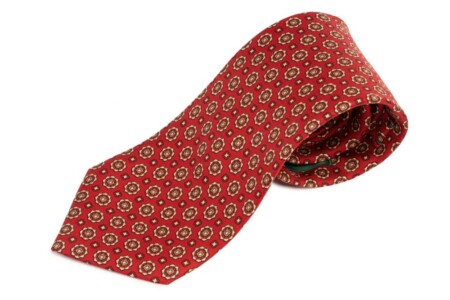
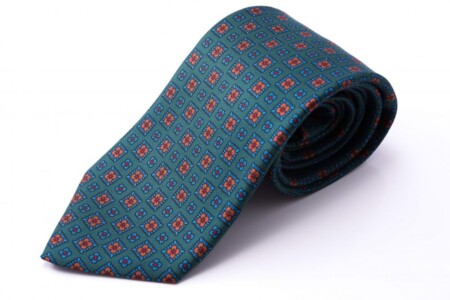
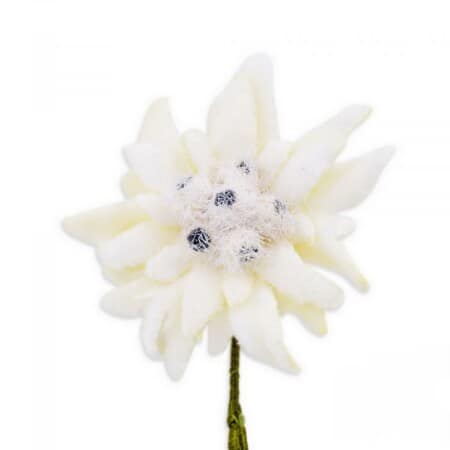
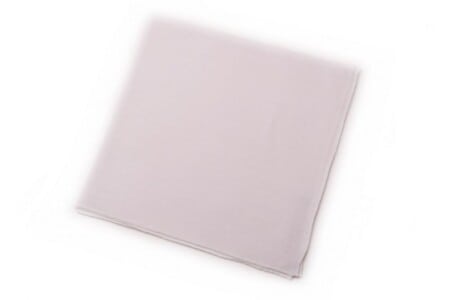
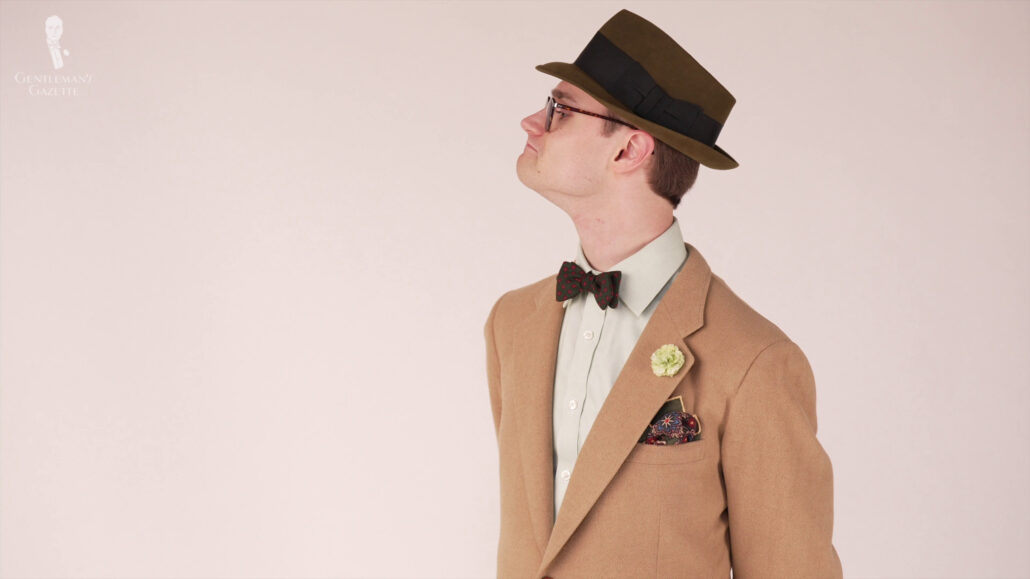
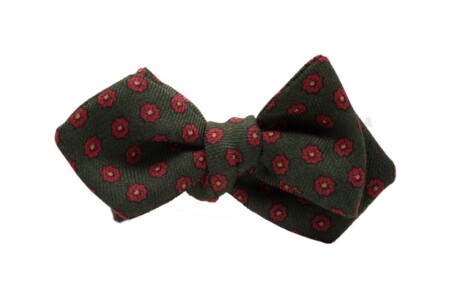
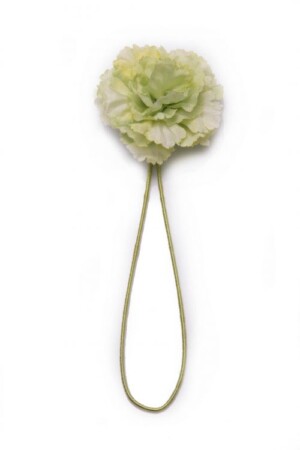
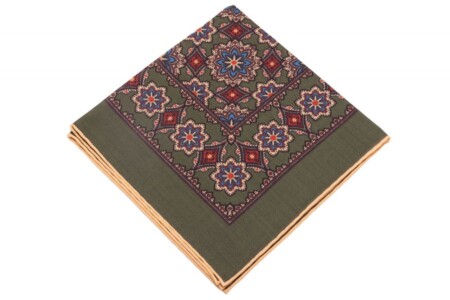
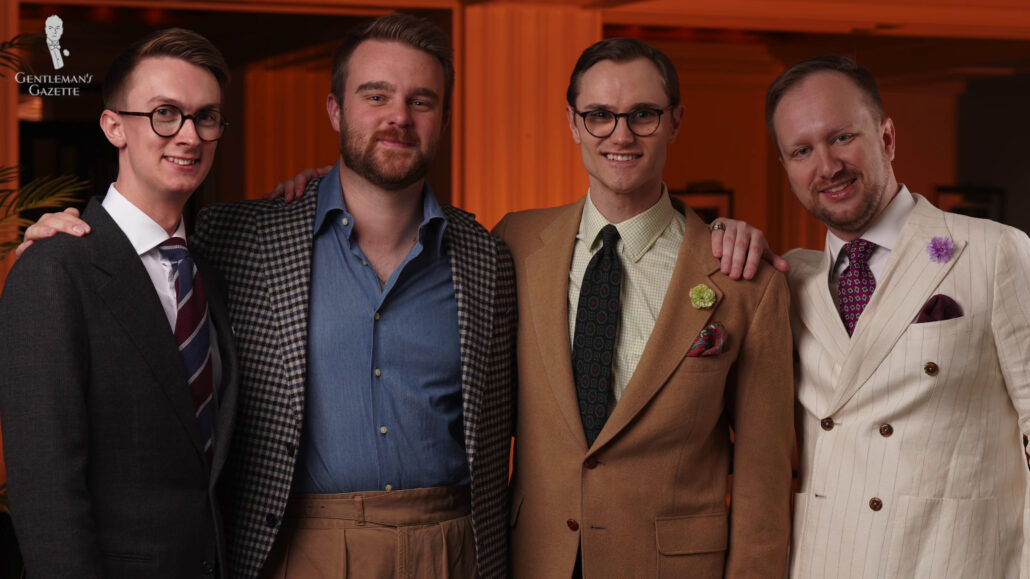
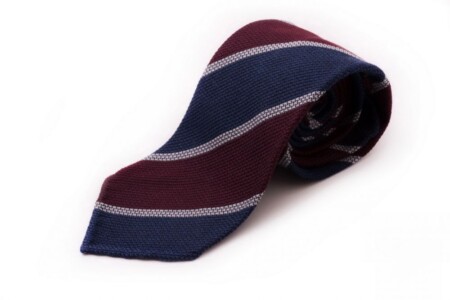
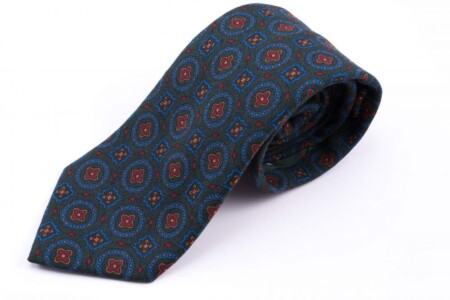
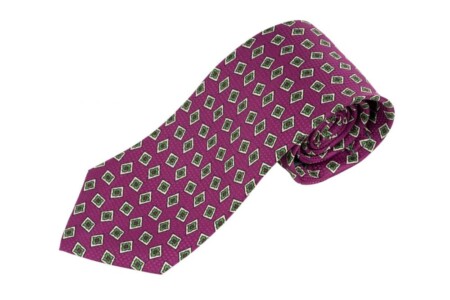
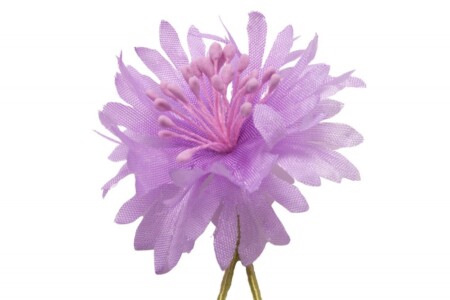

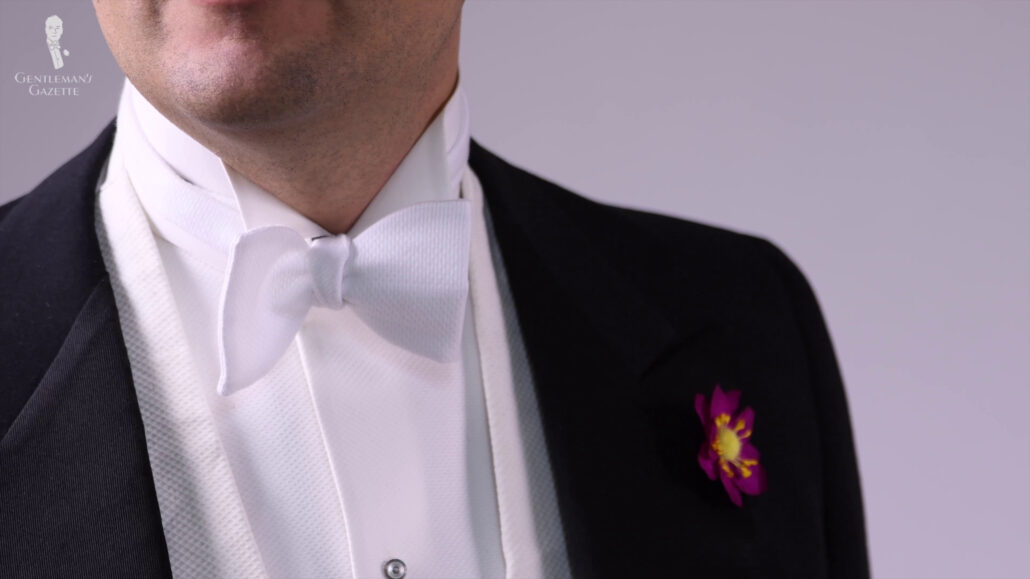
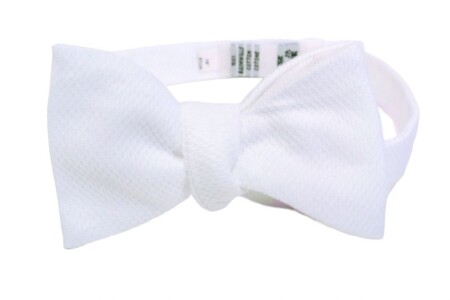
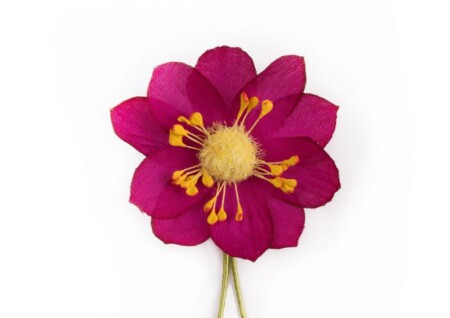
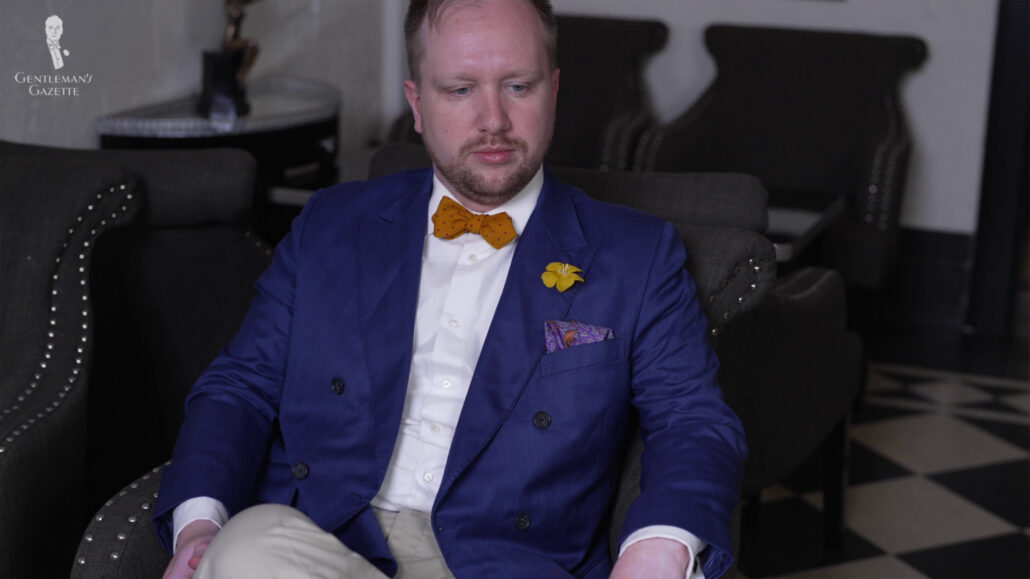
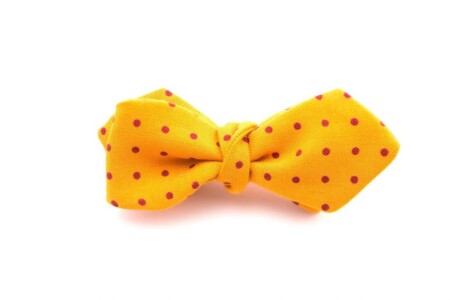
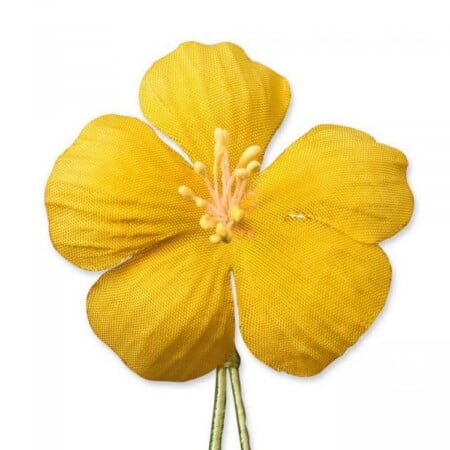
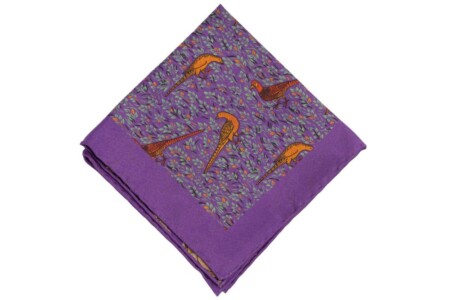
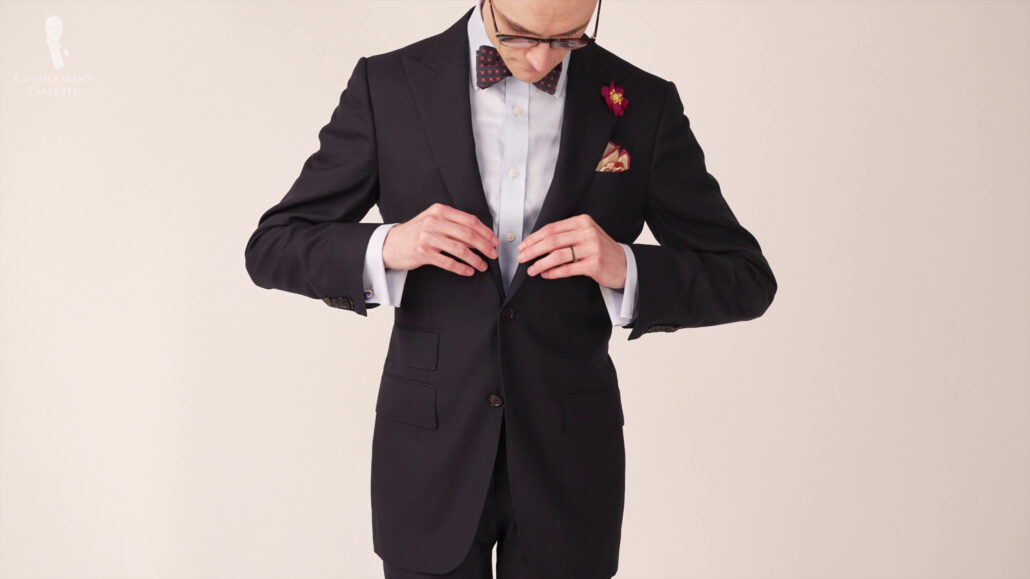
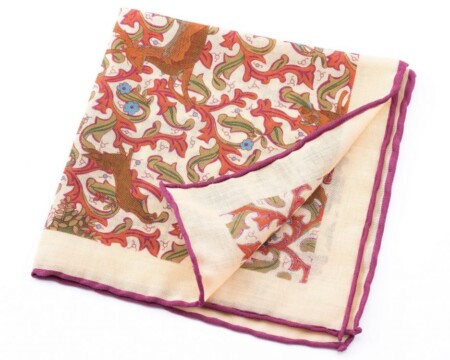
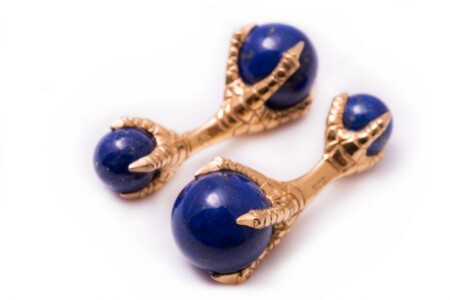
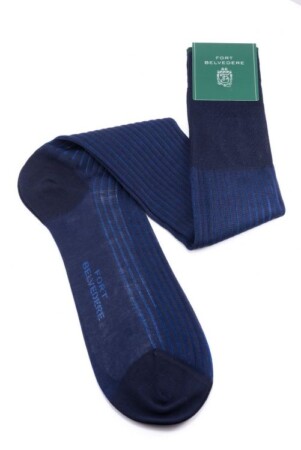
There is nothing wrong with vintage values. Modern values are much like modern clothes easy to put on and easy to discard when the fashion changes; thats no way to life your life.
Some vintage values are better left in the past, especially those around the idea that men own their girlfriends/wives/partners and demonstrate this through domestic violence and/or coercive control.
Well that isnt really a vintage value is it. That is simply ignorance and bullying which was never considered a positive thing to value, more a behaviour to pity and despise. Most vintage values are far more respectfull to others than the comon and often inconsiderate values frequently seen in todays society. As to the particular behaviour you mention I would be surprised if it is not as common now as it has always been. I’m afraid the scope of human behaviour is such that some people will always behave in ways of which we may not approve.
Unfortunate to say that was very much a “value” 100 years ago. Just because we in our “woke” society know better now does not change the perspective of the people who lived in those days and what they thought to be true. The idea that classic style somehow lends itself to old fashioned ideology is about as accurate as any other stereotype. While there may be some truth to the stereotype, it is not 100% accurate for the majority of the people with whom it is associated, nor is it accurate for 100% of the people with whom it is associated. I, like yourself, do still have some beliefs that are considered “old fashioned” by today’s standards, which seem to be ever decreasing. Most of my beliefs stem from the upbringing that I had in which all people are human beings and should be treated in a dignified manner to the best of our ability for no other reason than they are human beings. I believe that is the truest mark of a gentleman.
Classic style:
Cary Grant yes.
Adam Ant no.
I enjoyed the video and its a good pretty explanation of classic. I’m not a youngster so I had the benifit of a mother who worked in the fashion industry (she worked for captain Molyneux in the London House in the 40s and 50s).
The simple answer to looking classic and smart is to avoid extremes but clothes must fit and trousers must be the correct length and sleeves not too log or short. In recent years I have been able to have clothes made and even there I was pressured to have shorter jackets and narrow lapels. Your comments about classic being comfortable are spot on but that goes with avoiding extremes. Like a lot of people who love classic style, you can’t get a better example than Fred Astaire. Not considered a handsome man but no one looks more at home in their clothes than he does. Love the videos it’s a shame that it has to be the Americans who are telling the English how to do classic.
Preston – this is a really fine dispatch. Well done. It is an excellent primer on the heart and soul of the Gentleman’s Gazette gestalt!
Hi Guys: Excellent video as usual..
However, also as usual, and from a Brit’s perspective, some of your shirt collars need a bit more attention, as do the over large trouser turn-up, too short trouser leg length, and a bit more shoe care wouldn’t go amiss either.
If you’re gonna do it, do it right..
Great article that should help. one of the great “classic” styles that I rember was years ago when I was a bartender in New Orleans,La at the former “Fairmont Hotel”. My hotel manager one night wore a “midnight blue velvet coat, Grey slacks a pink shirt with a blueish Grey tie and black derby shoes for a diner with guests. That to me was the appitme of a great “classic look” for that occasion and that was back in the late 1980s. I can still see it to this day. That “midnight blue velvet coat”.
Probably more than anything else, we discuss the concept of the classic style here at the Gentleman’s Gazette. But, what exactly do we mean by this term? Is classic style wearing tailoring every hour of every day? Is it spending thousands of dollars on spats and top hats? Or is it dressing up as Charlie Chaplin or Beau Brummell on the weekends? You have got it covered beautifully.
Preston, here’s another fine discussion of what classic style is and how to work within the flexible format. Well done and thank you! The distinction that you made between dressing in period clothes and dressing in timeless classic style was helpful. I am a beginner and am having a great time finding high quality clothes and amazing shoes that actually fit, at thrift stores.
Per usual, this is an excellent presentation!
Thank you
* Who you happen to be aware of women’s classic style professional? Particularly, on par with your quality of work.
Thanks for the kind words, Sal – glad to hear you enjoyed it! Take a look at our previous article for women’s classic style recommendations.